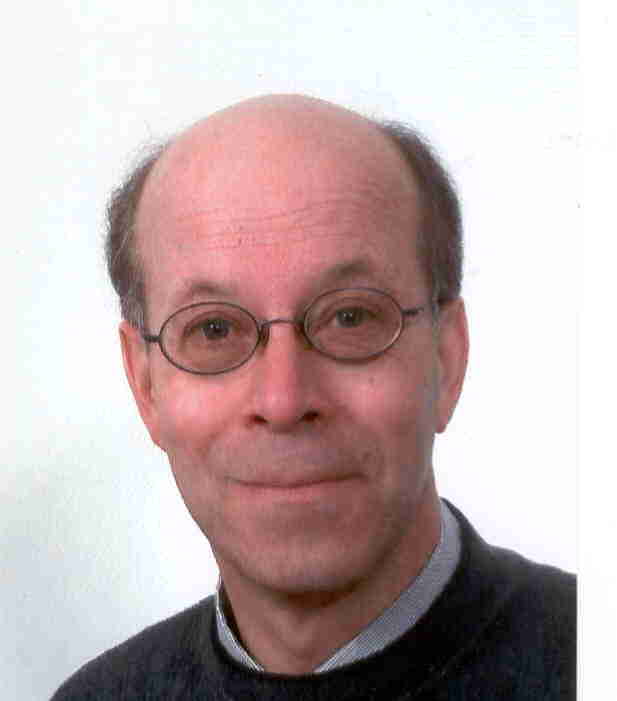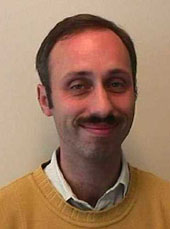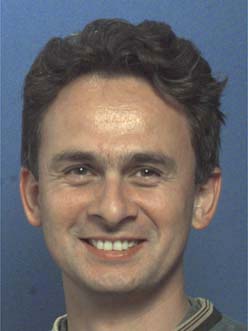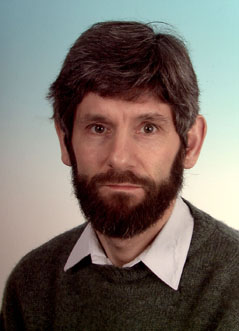
W. Albers (Twente)

A. Di Bucchianico (Eindhoven)

H.P. Lopuhaä (Delft)

W.C.M. Kallenberg (Twente)
For details concerning times and location, see Organization .

W. Albers (Twente) |

A. Di Bucchianico (Eindhoven) |

H.P. Lopuhaä (Delft) |

W.C.M. Kallenberg (Twente) |
For further information concerning the contents of this course in 2008, please contact A. Di Bucchianico, HG 9.24, phone +31 (0)40 247 2902, email:
The course had an alternating content. In 2008 the topic of the course was statistical process control (SPC), as it was in 2006. In 2007 the topic of the course was survival analysis.
For details on the contents of the course in 2007, please consult http://ssor.twi.tudelft.nl/~lopuhaa/courses/wi8003/wi8003.html or www.mastermath.nl/program/00004/ . Dr. H .P. Lopuhaä (Delft) was the main responsible person for the course in 2007.
The aim of this course is to acquaint the student with widely used basic techniques in industrial statistics. These techniques are usually known under the name SPC (Statistical Process Control). The topics covered in this course will be treated both from the practical and the methodological point of view. The first includes both applying the techniques to industrial data sets as well as knowing the context in which the techniques are usually applied. From a methodological point of view we discuss the mathematical background underlying SPC techniques. This has a two-fold goal. In this way, the student is able to see advantages and disadvantages of existing SPC techniques, and at the same time is able to develop statistical techniques for non-standard situations (which are more frequent in industrial statistics than standard ones).
Variation is omnipresent in industrial production processes. It may lead to increase of production costs or rework costs. Statistical methods are required to distinguish between inherent process variability and variability due to special causes.
The main topics of the course are capability analysis and control charts. The goal of capability analysis is to assess the variation within a production process with respect to given specifications. We will treat estimation and testing of the standard capability indices (including versions for non-normal data), as well as the use of more sophisticated techniques like tolerance intervals.
Control charts are the most important tool for monitoring industrial processes. We will put them in a wider context of sequential analysis. In particular, we will develop the standard control charts for continuous variables (Shewhart, CUSUM, EWMA) from the perspective of SPRT (Sequential Probability Ratio Tests) and GLR (Generalized Likelihood Ratio) based methods. We will explain the different goals of these charts in on-line quality control (Phase I) and on-line quality control (Phase II). Performance of these charts will be studied through computing run length distributions.
We will also discuss often ignored effects of estimated control limits in Phase II. Corrections will be derived which bring these estimated charts under control again. It is investigated when normal, parametric, nonparametric or possibly even data driven methods can be employed. Finally, the merits of individual versus grouped observations will be studied.
Apart from the standard control charts for continuous variables, we will also briefly treat other types of control charts like rank-based distribution-free control charts, attribute control charts and multivariate control charts
The 2008 course was on Monday mornings from 10.15 to 12.00 a.m. starting on February 4, 2008 in the Minnaert building Room 012 of the University of Utrecht (campus Uithof, in the area 1 Princetonlaan; you may also wish to consult travel indications). From 12.00 a.m. to approximately 12.45 a.m. the instructor was available to answer questions about exercises. The last meeting was on May 19, 2008. Unlike the 2006 course which was in the form on an intensive week, the 2008 course was taught on 11 Mondays.
Please note that the 3TU course Stochastic Differential Equations is scheduled for the afternoons of the same days as the course Applied Statistics. Both courses can therefore be taken as companion courses.
See www.mastermath.nl/locations and www.mastermath.nl/program/00006/ for exact information about the locations.
Below you will find the programme of 2008. Note that due to holidays (Easter etc.) several days were missing.
| Feb. 4 | Feb. 11 | Feb. 18 | Feb. 25 | March 3 | March 31 | April 7 | April 14 | April 21 | April 28 | May 19 |
There was no written examination, but instead students had to perform the following two tasks:
All details can be found in the document 2008 FINAL ASSIGNMENT (data sets: vanes.txt, viscosity.txt )
The examination for students not residing in Eindhoven was scheduled for May 19, room 165a of the Buys Ballot Laboratory (see travel indications))
The main source are the lecture notes (latest version: November 20,2011).
Data sets Chapter 2 (introduction to R): telephone.txt, supermarket.txt, light.txt
Data sets Chapter 3 (capability): steelhardness.txt, ceramic.txt, current.txt, cigar.txt, rods.txt
Data sets Chapter 4 (control charts): lifetimes.txt
Papers related to the lectures by Professors Albers and Kallenberg (April 21 and 28) can be found on http://wwwhome.cs.utwente.nl/~kallenbergwcm/onderwijs/153140/.
The following books may be used as additional literature:
The following software is of interest for the course:
Participants in this course should be familiar with the basic concepts of (mathematical) statistics, in particular parametric aspects of estimation (properties of estimators, construction methods of estimators (moment estimators, Maximum Likelihood), construction methods for confidence intervals) and hypothesis testing (type I and type II error, power of a test, construction of tests (Neyman-Pearson, Generalized Likelihood Ratio tests).